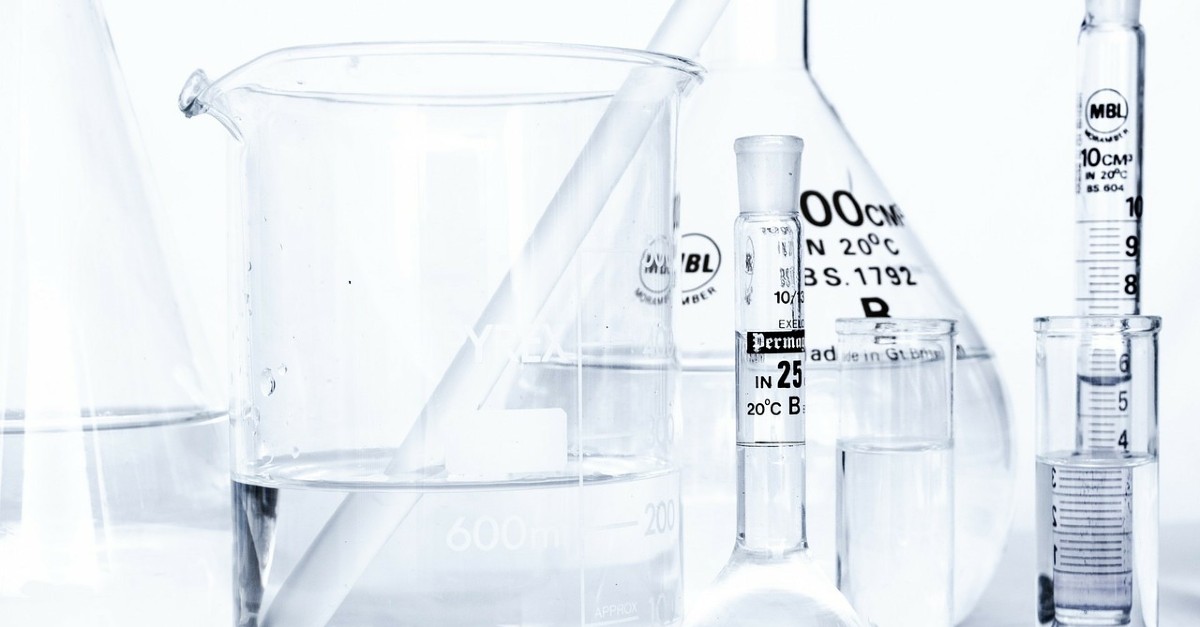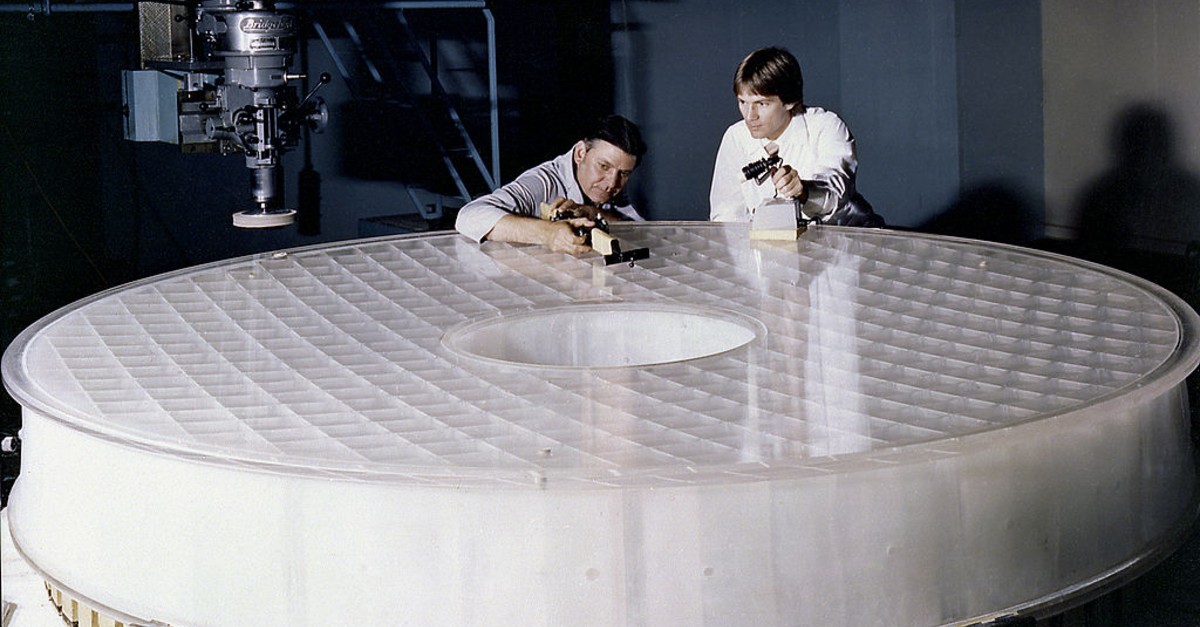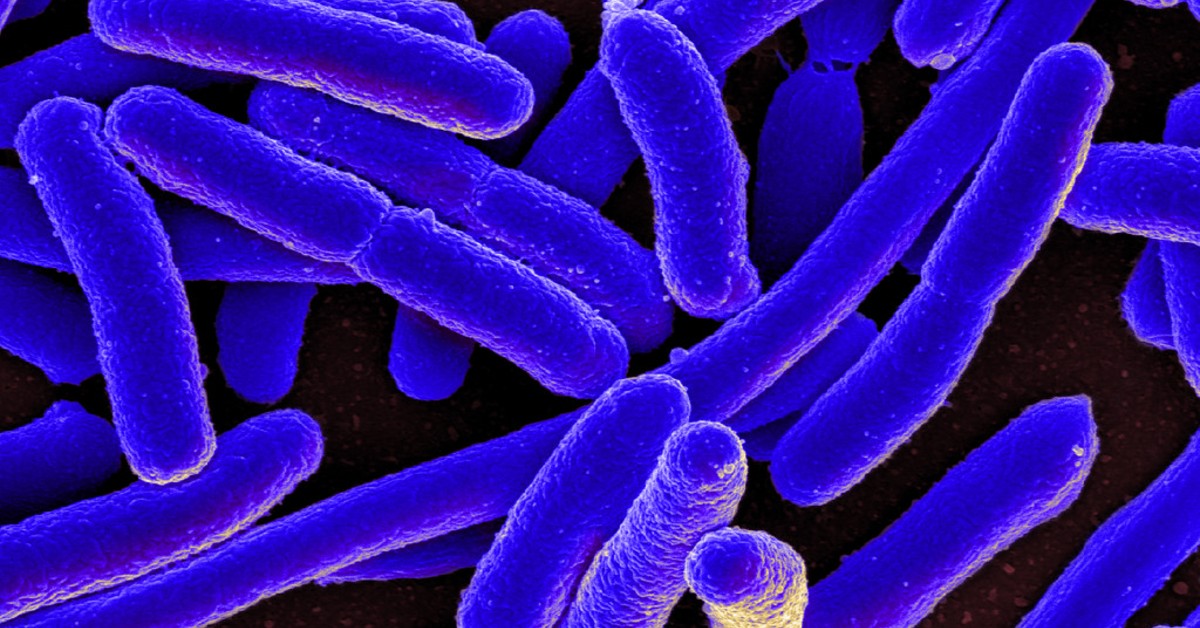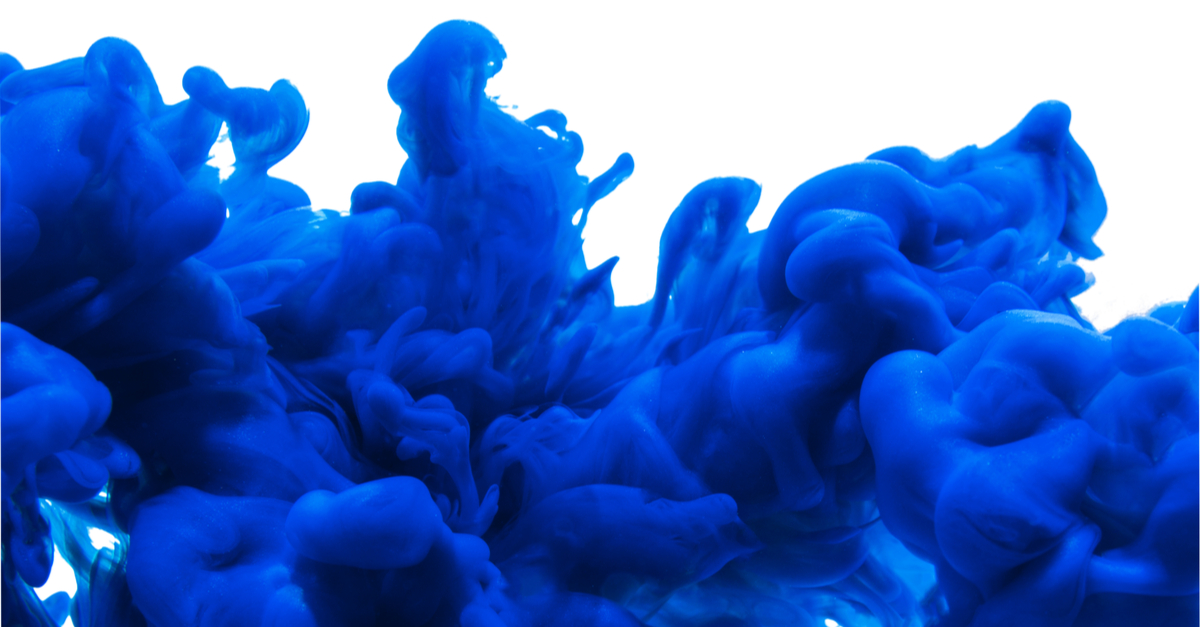Glassware and Utensils Came Out Coated In A Dry White Residue
Q: We are working with a lab washer in a compounding pharmacy application. We are using Detergent 8 to clean glassware and utensils. The glassware and utensils came out coated in a dry white residue. Can you please advise why this is happening with this detergent?
How To Clean an Aluminum Coated Mirror
Q: We are looking to clean an aluminum coated mirror with a neutral, mild effective cleaner. What can Alconox Inc. recommend?
A: Typical residues found in laboratory, aerospace and optics industry mirror applications are adhered dust, dirt and water spots. Occasionally oil spots and coolant residues will be found as well.
Do Enzymatic Detergents Disinfect?
Q. We have been using Tergazyme to clean lenses and cuvettes for our light scattering equipment and it works flawlessly! My question is: Does Tergazyme enzyme detergent have any disinfection properties, like killing of bacteria such as E. coli, or viruses?
Join Us at Pittcon Chicago 2020
Visit Alconox, Inc. at Pittcon, Chicago, March 3-5, 2020. Stop by booth #1514 to receive our unique gifts, expert technical support for your critical cleaning applications, and detergent samples.
Our critical cleaning detergents and cleaners remove an array of soils while leaving no interfering residues on laboratory equipment, glassware and instruments.
Dilution Precision in Concentration Measurements
Q. Do I determine detergent dilution by weight or by volume or both?
A. In a laboratory setting, the most common method is to either make a weight/weight dilution (10-20 g Alconox detergent in 990 g of water), or a weight/volume dilution (10-20 g Alconox in 990 mL of water) for 1-2% solutions. In manufacturing situations, often directions are written volume/volume or volume/weight.




